No matter the temperature outside, we want to come back from a day in the wild to a nice, cold beverage.
It’s not always easy. RV refrigerators seek to provide the same cooling refreshment you would expect from a fridge at home in a more compact and portable space.
Keeping things cool in a moving, tight area brings many more challenges to deal with than a traditional fridge, and there’s no fun in showing up to the campsite to find your drinks still warm.
RVers should expect to assist their appliances by looking for ways to help boost their refrigerators’ performance to keep fridge cool in summer.
Whether you’re proactively looking for ways to improve your appliances or are dealing with a problematic unit, we’ll show you a few tricks to make your RV refrigerator running properly.
These tips and tricks for the care and maintenance of an RV refrigerator to are cost-effective and won’t require a trip to the mechanic, so follow along and ensure that no matter where the road takes you, you won’t be too far away from fresh food and cold beer.
1. Install a 12V Fan inside your RV Refrigerator
Our first tip is the most technical improvement on this list. Residential refrigerators feature fans that improve air circulation between the fridge and freezer, but most RV fridges don’t come with that same fan built-in.
Sometimes known as a muffin fan, any 12V DC fan can work using the same wires that are already powering your refrigerator to give the air inside a slight boost.
The RV refrigerator evaporator fan works best installed as close as possible to your evaporator coil, which lets the fan send the coldest air in your fridge further.
2. Level Your RV For Proper Operation Of Your Refrigerator
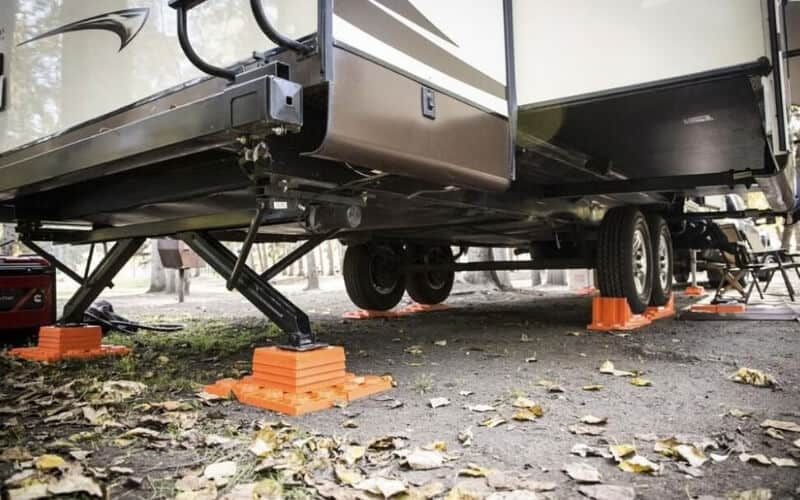
To allow the gas absorption process to flow through your condenser coils and cooling units, your RV fridge needs to be practically perfectly level.
Even parking your vehicle off level by a few degrees can have disastrous effects on the health of your fridge.
It sounds simple enough, but depending upon your camping sites of choice, it can be challenging to get to a level position that helps power your fridge.
Be sure to bring along a level to ensure everything is straight, and pack in a few leveling devices if you often have trouble achieving perfect balance.
3. Give your Fridge Time To Cool
Your RV refrigerator needs to cool itself before it can adequately cool off everything you pack inside of it.
It typically takes 24 hours for an RV refrigerator to reach optimum temperatures from the freezer through the rest of the unit.
Give your fridge a chance to cool off by turning it on and keeping it empty for 24 hours.
Once it has properly cooled, there are a few more simple organizational strategies you can employ to meet your refrigerator in the middle.
4. Pack Your Fridge With Items That Are Already Cold
stock up the fridge with the coldest items you plan to bring first, so your drinks can help your fridge stay cool.
When shopping, try to find drinks that are pre-cooled instead of from store shelves to prevent your refrigerator from having to cool everything off on its own.
As you’re leaving the grocery store, take the time to get the cold items in to your fridge straight away.
Every second your cold food and drinks wait out in the open is more work your refrigerator will have to put in to get them cold enough again.
5. Don’t Stand and Stare
Keep your fridge organized to know where everything is before you open the door and decide what you want to eat before taking a look inside.
Every second your fridge is open, cool air is escaping at an unsustainable rate.
To lower the strain on your condenser coils and batteries, avoid rummaging through your fridge’s contents without a goal in mind.
6. Leave Some Space
An RV refrigerator is likely to be more compact than what you are used to at home.
It may be tempting to try and stuff the same amounts of contents into a smaller space, but that’s not creating the best conditions for your fridge to find success.
The gas absorption qualities of your portable refrigerators need space to help the air circulate.
If your evaporator coils are entirely blocked off by fresh produce, it will be difficult for the cool air from the freezer to spread throughout the refrigerator.
7. Avoid Sunlight Falling Onto The Side That Your Fridge
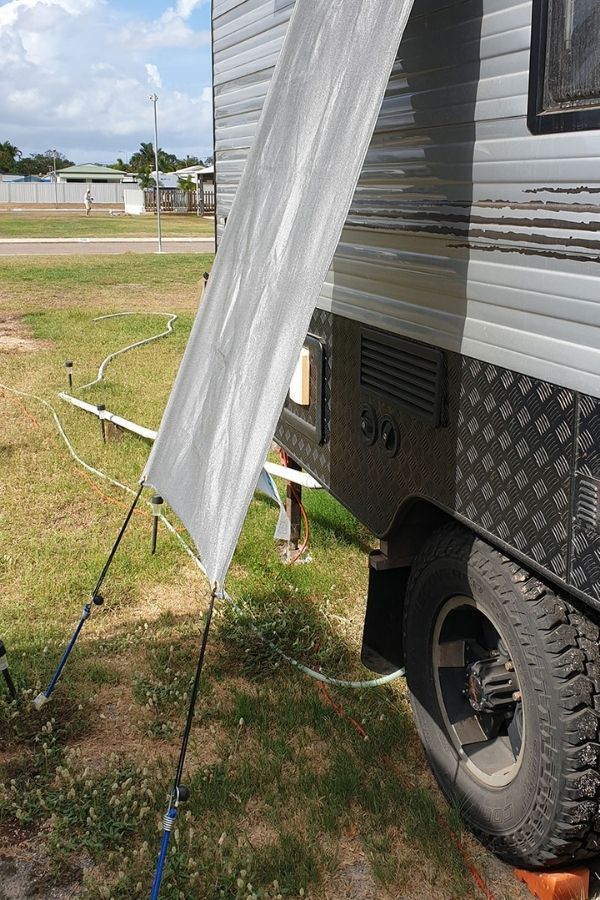
You might think it’s good enough to have the fridge inside your RV, but the vents from your fridge carry warm air to the outside, and the mechanical aspects of your refrigerator are protected from the sun’s rays only by the thin exterior of your vehicle.
Just like how you’ll notice a sharp temperature rise from the front windshield of your RV being exposed to the sunlight, if the side of your vehicle that houses your refrigerator is facing the midday sun, even the best fridges will struggle to keep up.
You’ll notice exactly where your fridge is on the exterior of your vehicle, thanks to two removable vents.
If you can’t park the entire side of the rig in the shade, position an awning or gazebo in a way that shades that particular area.
8. Install Fans near your fridge’s mechanical back section
While the 12V ventilation cooling fan near your evaporator coils is the best way to increase airflow inside your RV, it’s not the only way to use an electrical fan to keep your refrigerator colder.
Installing a fan in your condenser coil requires a bit more mechanical prowess than installing a fan in your evaporator coil, as you’ll have to remove the fridge’s paneling to access the coil.
Take the outside vent cover off, consult your refrigerator’s owner’s manual to find the condenser coil, and place your fan, so it blows across a large portion of the coil’s surface area.
The simplest way to use a fan to provide relief is to simply install a 12-volt fan in the back of your fridge, nearest to the fridge’s plug-in area.
Because you won’t point this fan towards a specific part of the fridge, it doesn’t work as powerfully, but having constant cool air circulates all the mechanical aspects of your unit will improve their performance.
9. Check The Door Seals To Ensure The Fridge Is Closing Correctly
Just because your door stays closed doesn’t mean there are no tiny cracks where cold air can leak out.
A strip of magnetic vinyl material exists on the outside of all refrigerators, and this strip often gets damaged from everyday use.
Even if everything seems sealed off, Run your fingers along the entirety of the fridge’s door seal to see if you can feel any airflow.
Air leakage will cause ice accumulation inside your unit and make your propane or battery system work harder to cool off the entire system.
It will eventually become necessary to replace the seal even if you haven’t noticed any specific leakage.
Your RV fridges manufacturer will be able to procure a new seal that will fit your fridge, and a pair of pliers is all you need to make the switch.
Remove your old seal with the pliers and slide in your new seal, putting pressure along the edges as you go.
10. Defrost Regularly
A bit of ice accumulation is a natural aspect of a gas absorption fridge. If it’s left unmonitored, ice can eventually clog up areas around evaporator coils, which will begin to restrict airflow. Eventually, ice can completely clog up your unit’s ability to function.
At the end of every trip, turn your RV fridge off and leave the door open for 24 hours to let all the ice melt and keep the air inside smelling fresh.
11. Check the Temperatures
Inexpensive remote-controlled thermometers can allow you to keep better track of your fridge’s efficiency.
You can place a small sensor into the back of your fridge’s shelf and use a readout monitor to keep an eye on things.
Over time, you will know exactly how cold your fridge is when it is working optimally, which will allow you to catch any issues before they get out of hand.
A small amount of temperature fluctuation is to be expected, and your monitor will alert you if the inside of your fridge is starting to get too hot.
12. Keep the Exterior Clean
Every six months or so, remove the two vents on the outside of your RV and check around your RV refrigerator’s mechanical components for cobwebs, dust, or any other build-up.
An air compressor will make quick work of any larger build-ups, and if you keep on top of your maintenance, a wipe will keep everything clean.
Your RV refrigerator is prepared to handle small bits of dirt and grime, but unchecked dirt build-up can quickly clog up lines needed for air or energy flow.
conclusion
Owners should do these simple checks and balances on all RV refrigerators, even those who aren’t currently having problems keeping things cold.
It’s not a bad idea to schedule a maintenance check with a professional who can look over your fridge and air conditioning unit once a year, but these are things any RV owner can do to look over everything and make sure there are no red flags.
A quality refrigerator is an indispensable luxury for your RV. Whether you’re traveling for the weekend or full time, you’ll always need your RV refrigerator to keep your food and drinks cold.
These quick tricks will help your fridge run smoother, so you can enjoy decades of new memories before having to shop for a replacement.

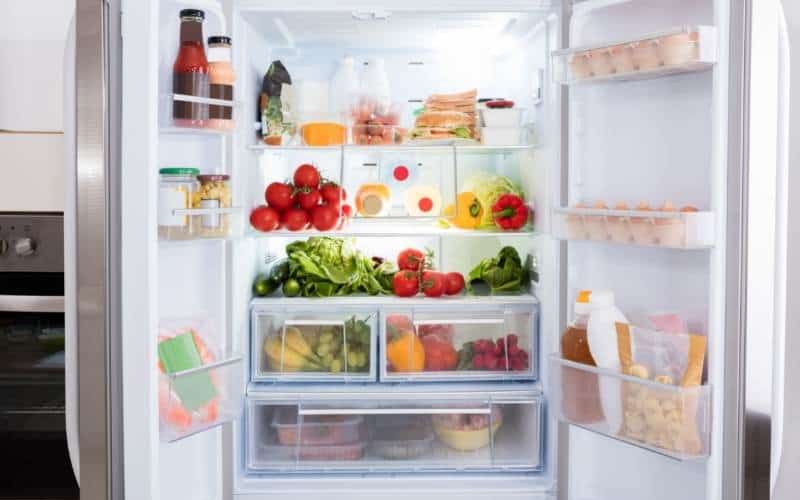


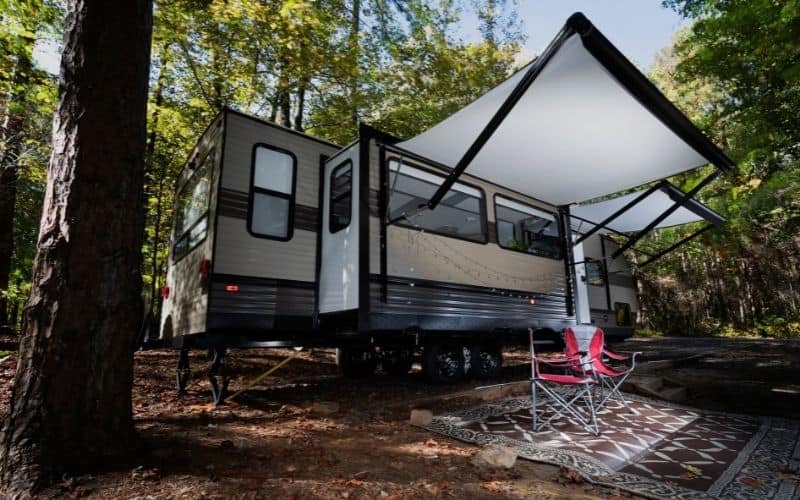
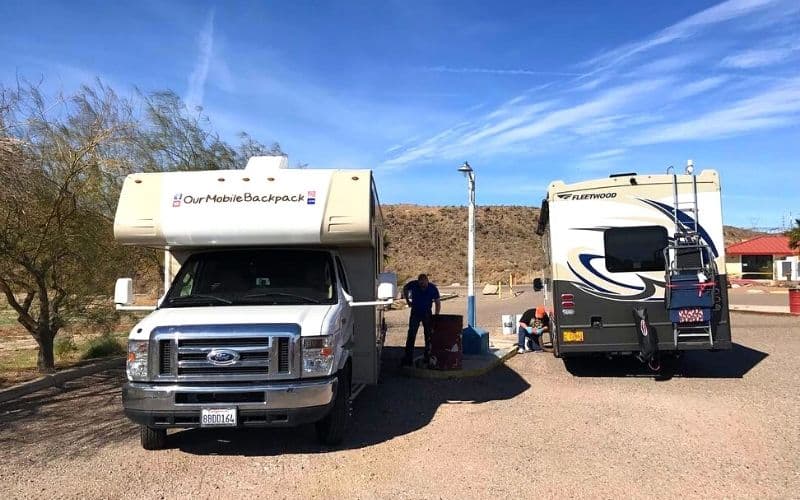
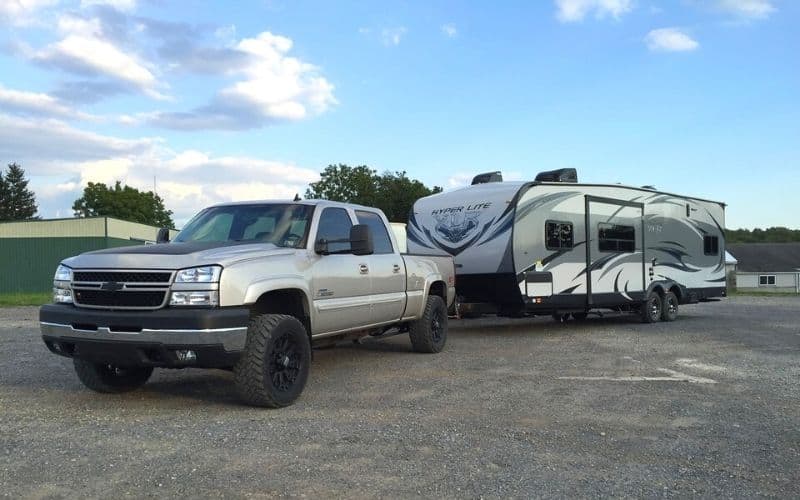
1 Comment
Dalton Bourne
3 years agoThe steps to removing an RV refrigerator: You should check the owner’s manual to determine the refrigerator’s installation. Check the access panel at the RV refrigerator’s back because it looks like a vent cover with screws on all corners. You can use your screwdriver to take out the screws to expose the refrigerator’s interior. Disconnect the propane hose going to your RV refrigerator and cap the fuel line’s open end. Disconnect all of the wirings at the back of the RV refrigerator. Then remove the fastener bolting the refrigerator to the RV floor because most RV refrigerators have bolts that secure them to the motorhome’s wooden floor. Making the refrigerator out of the motorhome will be easier if you remove its door. It also has an outer trim that you must remove. Finally, you have to unfasten the screws bolting the refrigerator to the wall and slide the refrigerator out from its position and out of the RV.